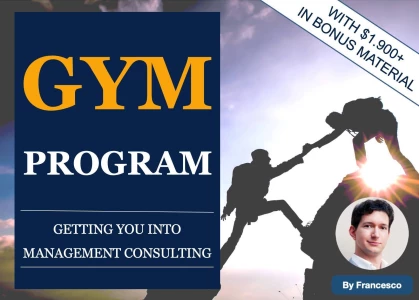Different sources say different things. When given a table / chart / image, is it worth spending 10 second just explaining what it shows before taking a moment to, in a structured way, outline the main insight from said chart. I take a few seconds to grasp what the graph says, so to me this feels like the best way - also shows that you understand the graph at a high level, keeps the interviewer engaged and the opportunity for them to correct you. Just thinking out loud.
Other places say, just go straight for the insight because it's not special that you can read a table (definitely not, but communication is good surely?). Happy to hear more arguments in favour of this method too.
What do you all think?



